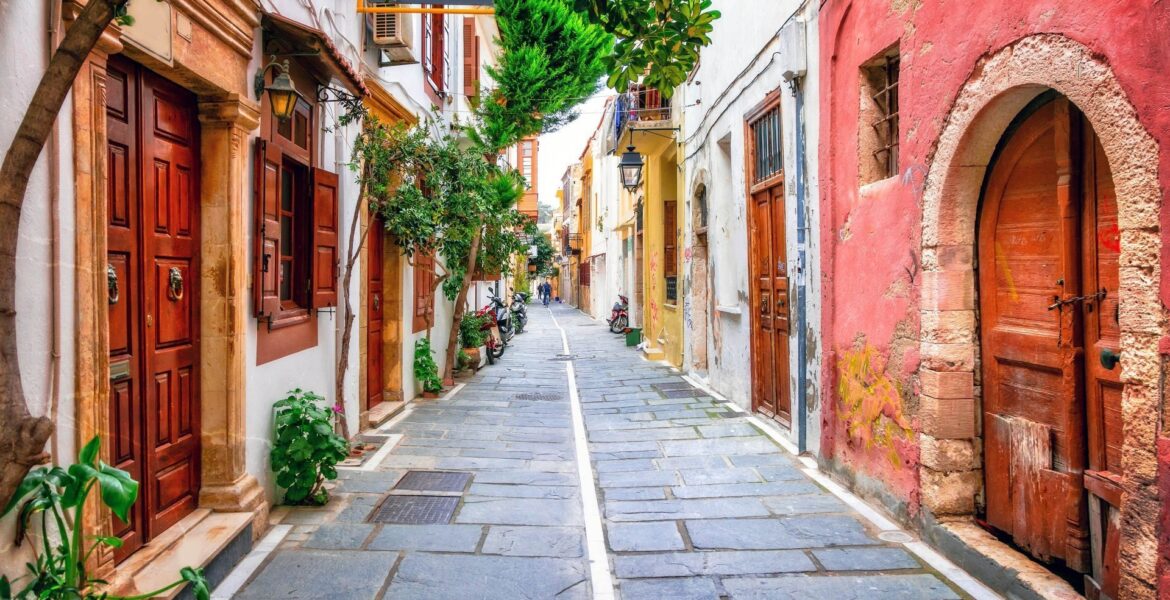Although often overlooked because of Heraklion and Chania, the third largest city in Crete, Rethymno, is a wonder and a delight for all visitors, with history at every turn.
Elegant Venetian homes neighbour later Ottoman residences with lattice-fronted balconies and stone doorways leading to enticing courtyards and minarets soar into the blue Cretan skies of Rethymno.
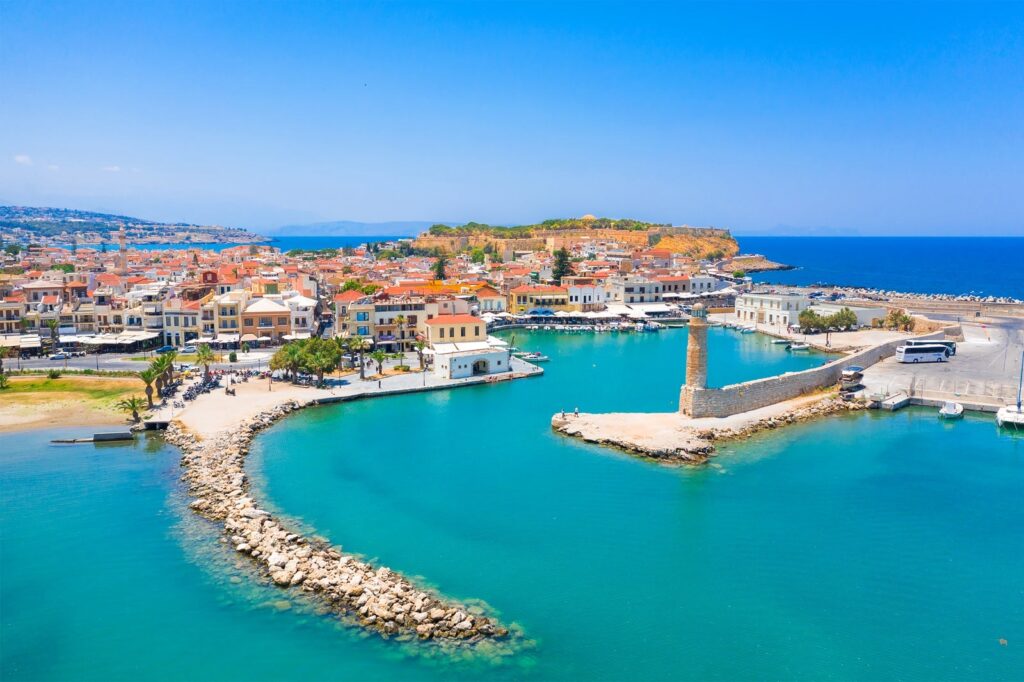
The city is a part of the present; the maze of cobbled streets dappled with shade from bougainvillea and jasmine harbour cutting-edge restaurants, trendy bars, contemporary art, an acclaimed university, and boutique accommodation.
Most visitors are content to wander the pretty streets and spend time on the endless beaches of the northern shore, notes Travel.
Old Harbour and Lighthouse
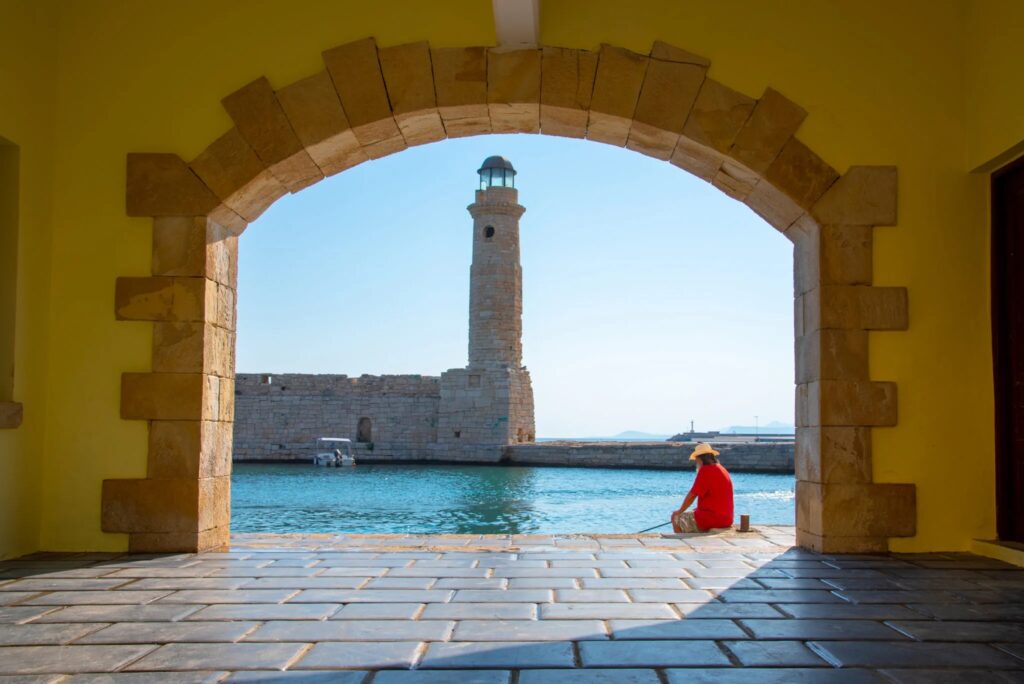
The small inner harbour of Rethymno is a busy and charismatic sight with fishing boats and yachts crammed in.
Tavernas and restaurants set out tables on the quayside fronted by Venetian and Ottoman mansions, and the high walled breakwater leads down to the 9 m tall lighthouse built during the Egyptian occupation of Crete in the 1830s.
Fortezza
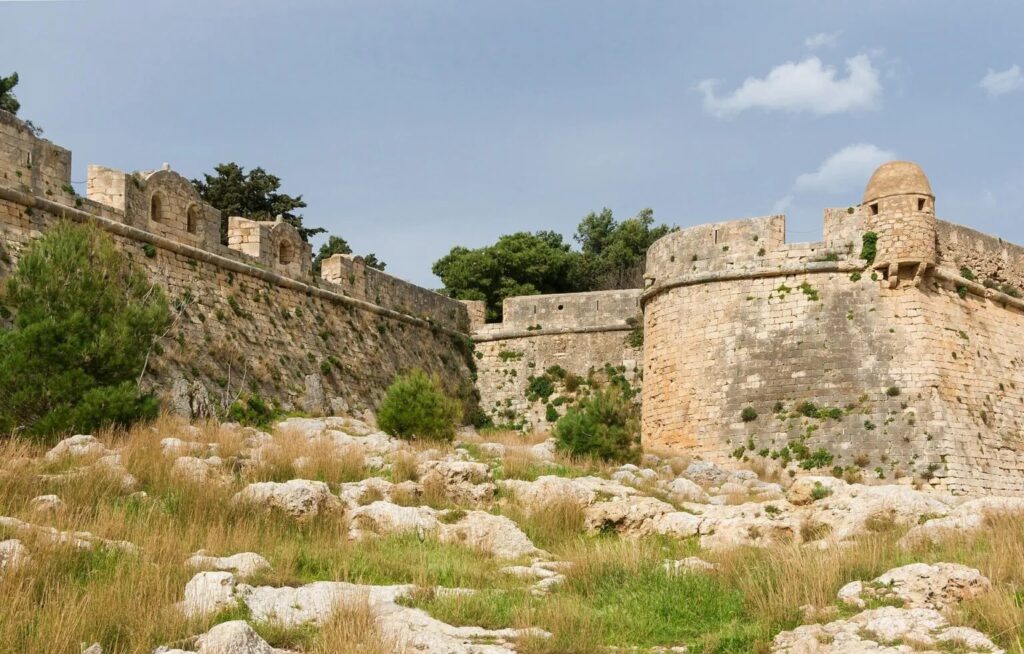
Dominating the west side of the peninsula on which Rethymno sits, the Venetians built the Fortezza to act as a 40-strong fleet of pirates in 1571; Veronese architect Michele Sanmicheli quickly overran it.
Construction on fortified city walls started in 1540 and was completed in 1569. Attacked by a 40-strong fleet of pirates in 1571, it was quickly overrun, and the Turkish corsair Ulu Ali Reis razed the city.
More effective fortifications were needed, and over 100,000 Cretans and 40,000 pack animals were conscripted to build the massive edifice seen today.
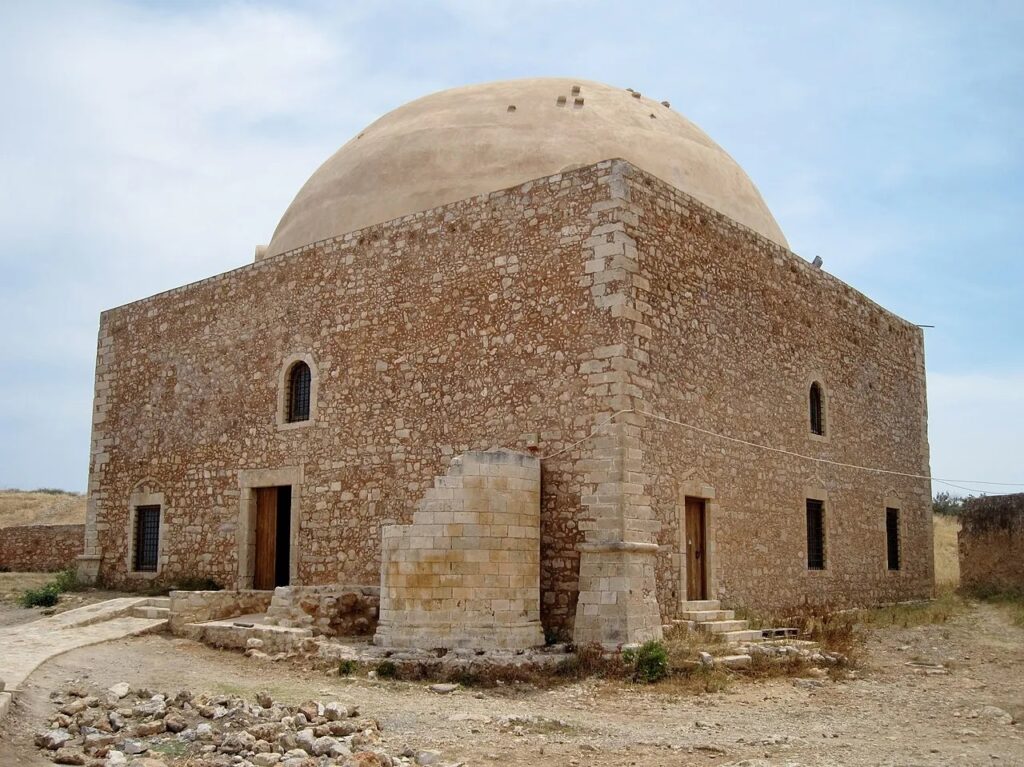
Unfortunately, the fortress was still not particularly secure, and the city fell to the Ottomans in 1646 after a three-week siege.
Today, the high, well-preserved walls enclose a vast space with a few scattered buildings: a restored mosque, two churches and an abandoned barracks that once belonged to the town brothel. (Tel.: 28310 28101)
Guora Gate

The main entrance to the Venetian walls that protected the city of Rethymno, the gate was built during the governance of Giacomo Guoro in the 16th century. It is all that is left of the Venetian fortifications in the town.
The magnificent structure is a 2.6 m wide arch of dressed stone, and above the columns, the lions of St. Mark adorn the cornice.
Loggia
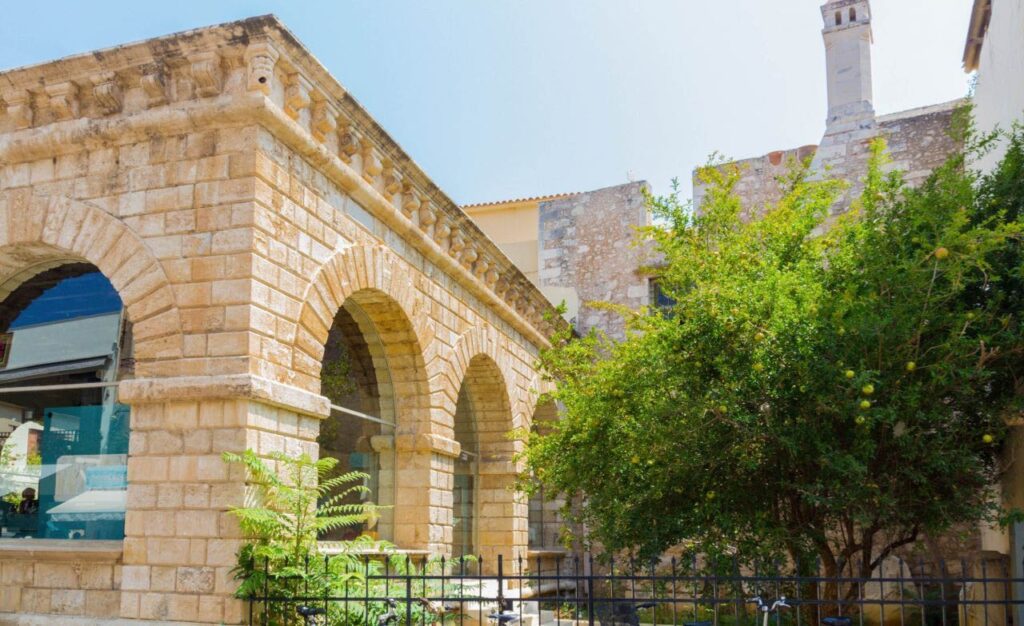
A gathering place for the local nobility, this arcade, with a meeting hall above, was designed by Italian architect Francesco Basilicata. Elegant and handsome, with three arches on each aspect, it adjoins the Venetian Armoury.
Once a mosque, today, the building hosts the archaeological museum shop.
Neratze
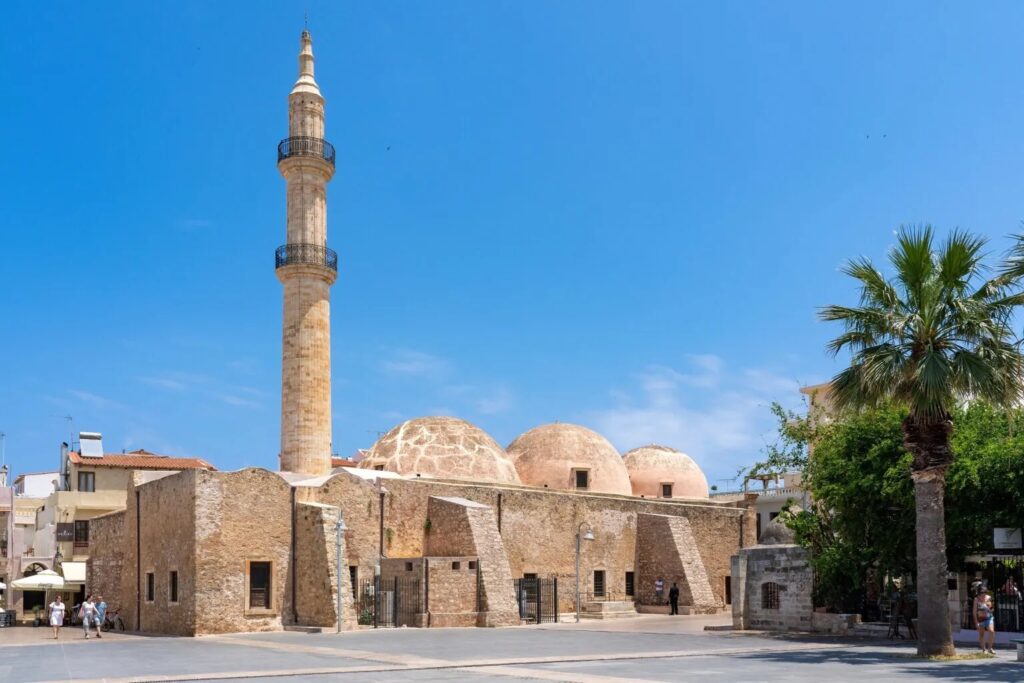
The most visible sign of the Ottoman occupation, it is a graceful landmark that speaks of the colourful past of the city. One of the few minarets left in Greece, the building was originally a monastery, then a church before being repurposed as a mosque.
Today, it serves as a concert hall and cultural centre.
Rimondi Fountain
 Named after the Venetian governor of the town, the fountain was built in 1626 at the end of Mesologgiou Street. Taps in the shape of lions' heads feed three troughs. Four fluted columns topped by Corinthian capitals support a Latin inscription.
Named after the Venetian governor of the town, the fountain was built in 1626 at the end of Mesologgiou Street. Taps in the shape of lions' heads feed three troughs. Four fluted columns topped by Corinthian capitals support a Latin inscription.
An essential source of water for the inhabitants of the Old Town in the old days, today it serves as a handy meeting point.
READ MORE: Lonely Planet: Ikaria in the top 50 destinations worldwide for 2024.

